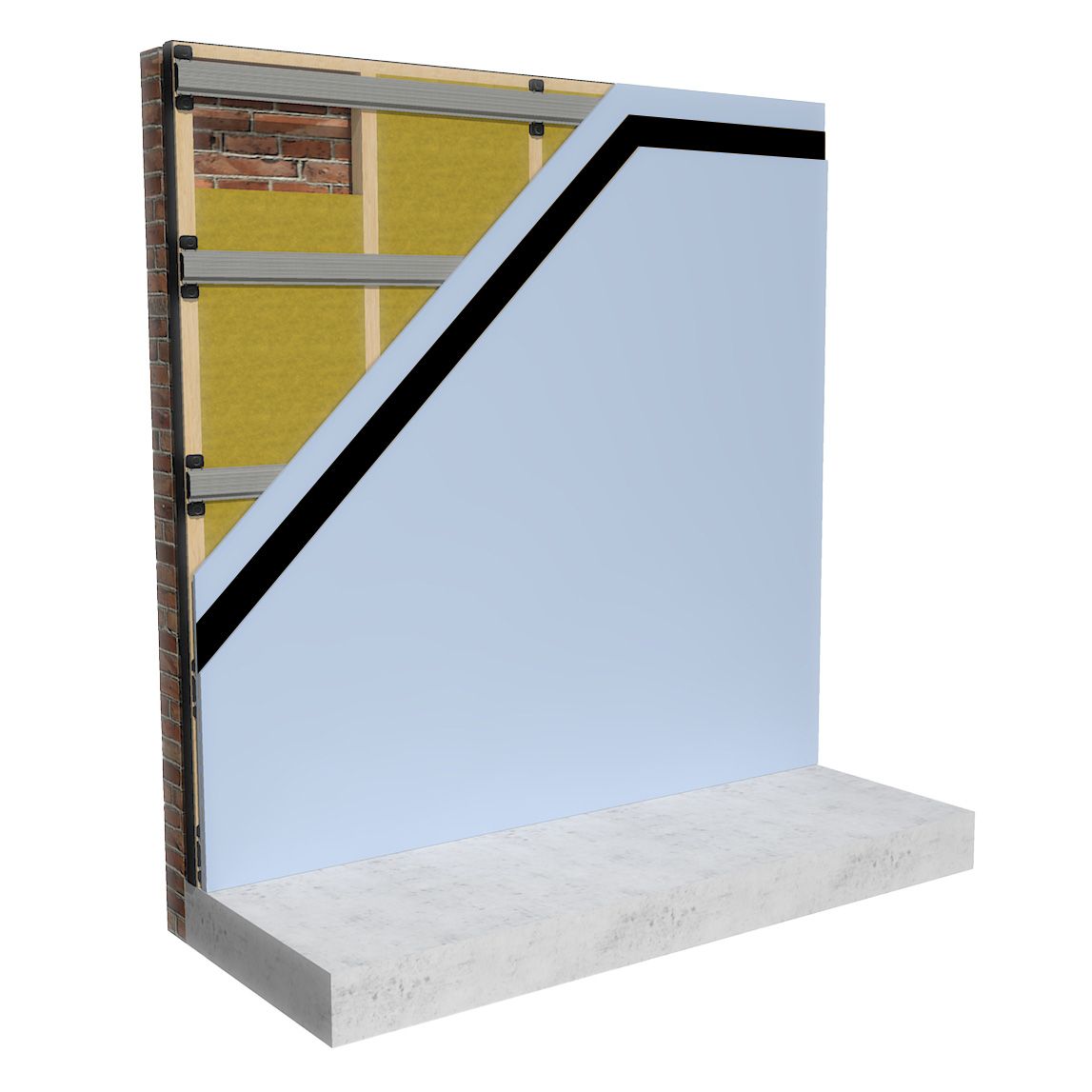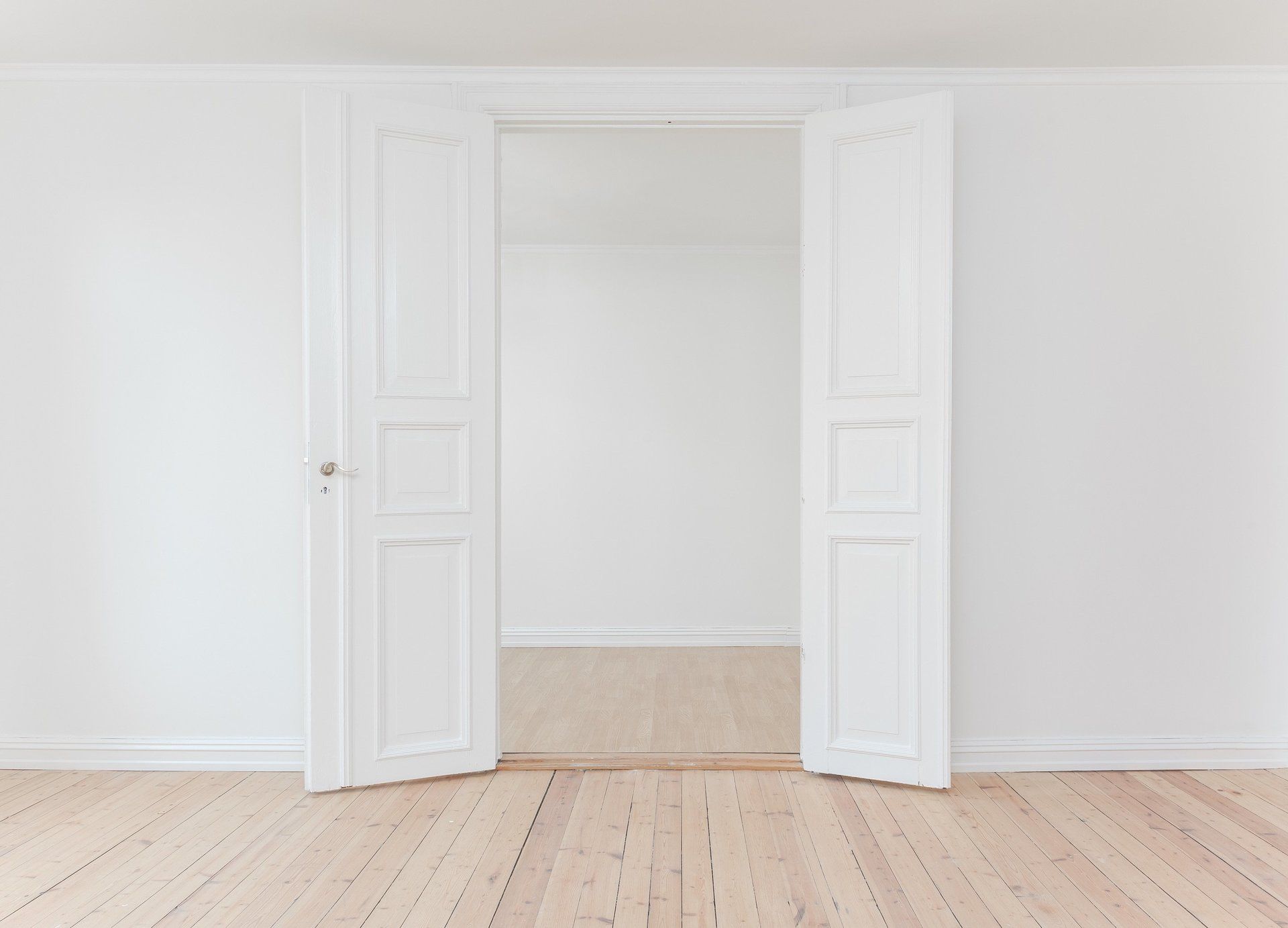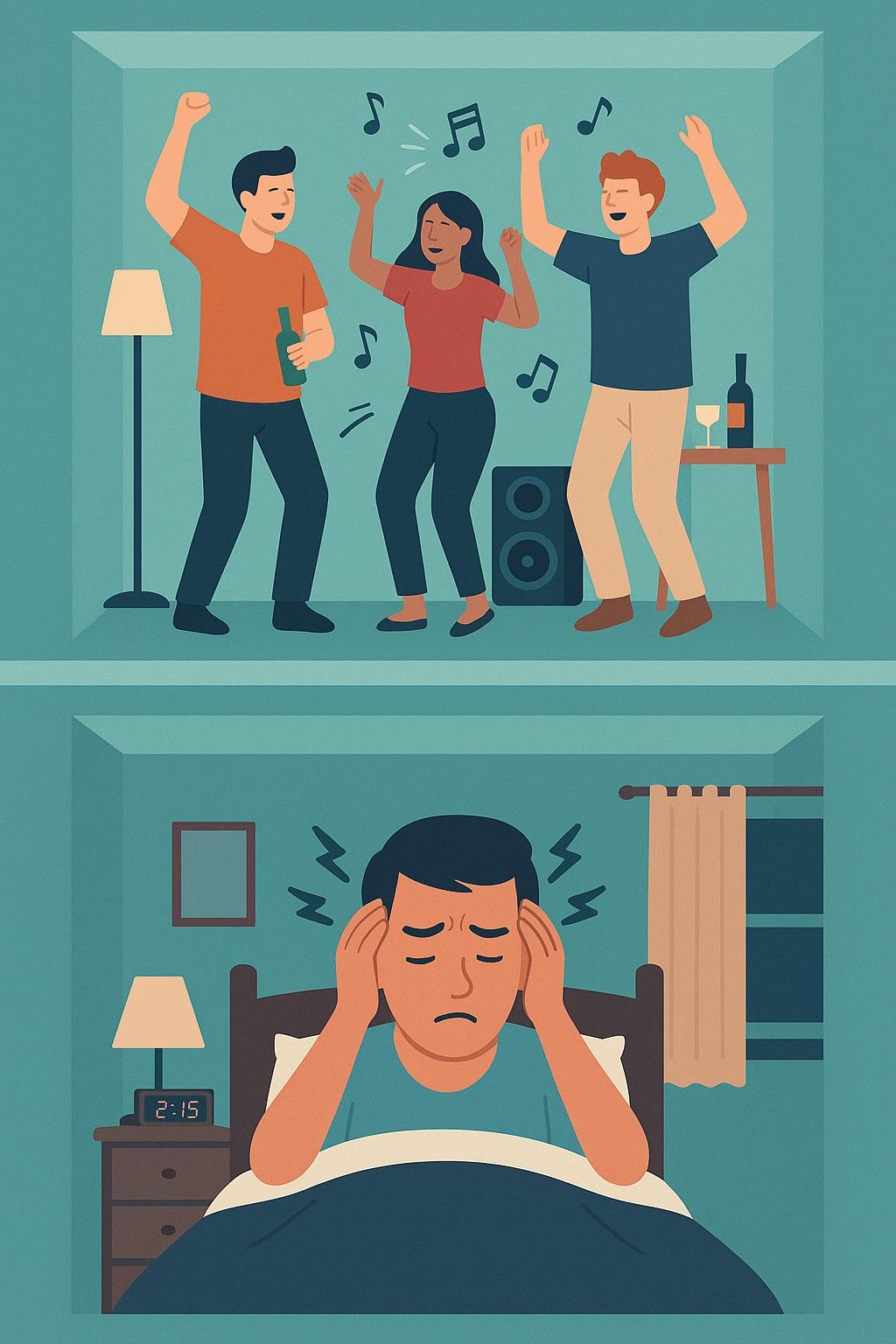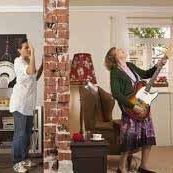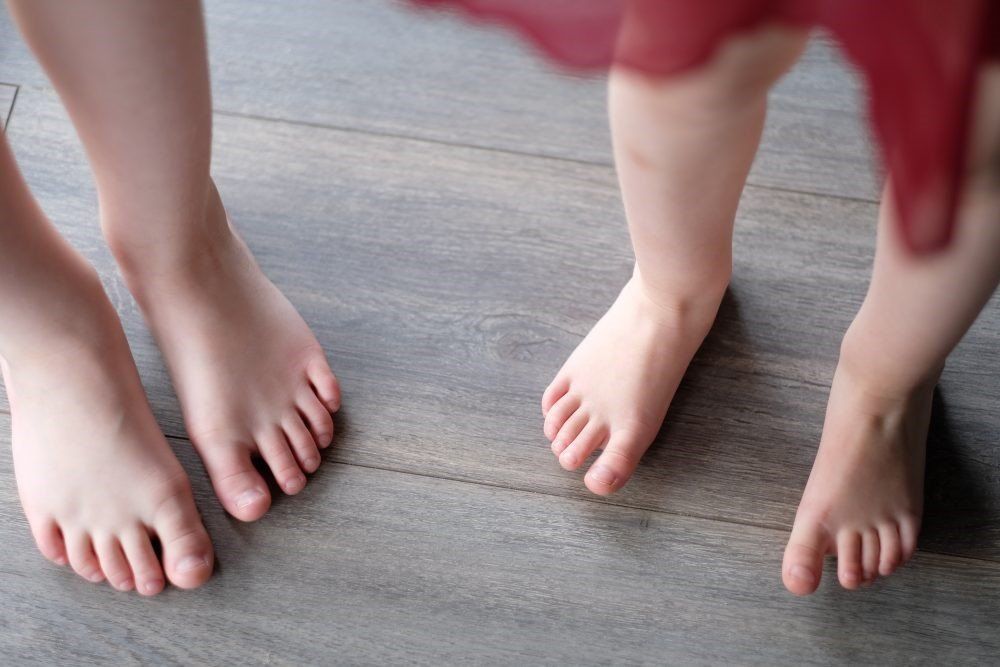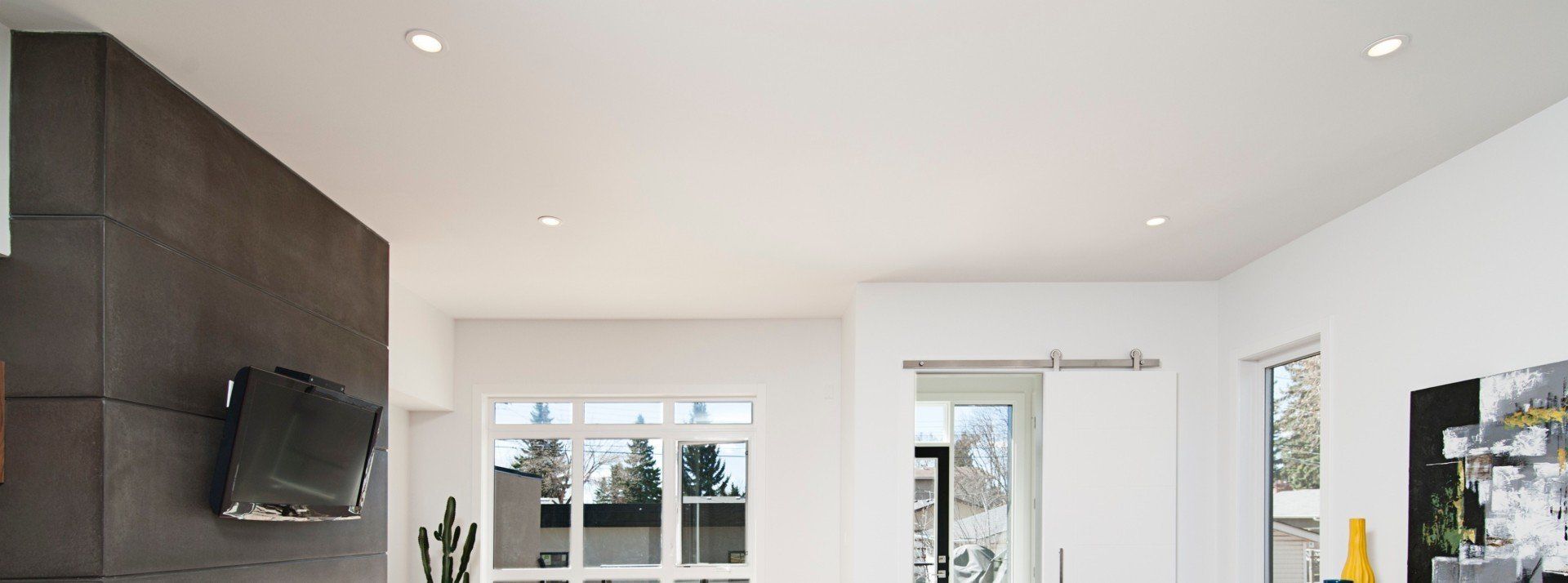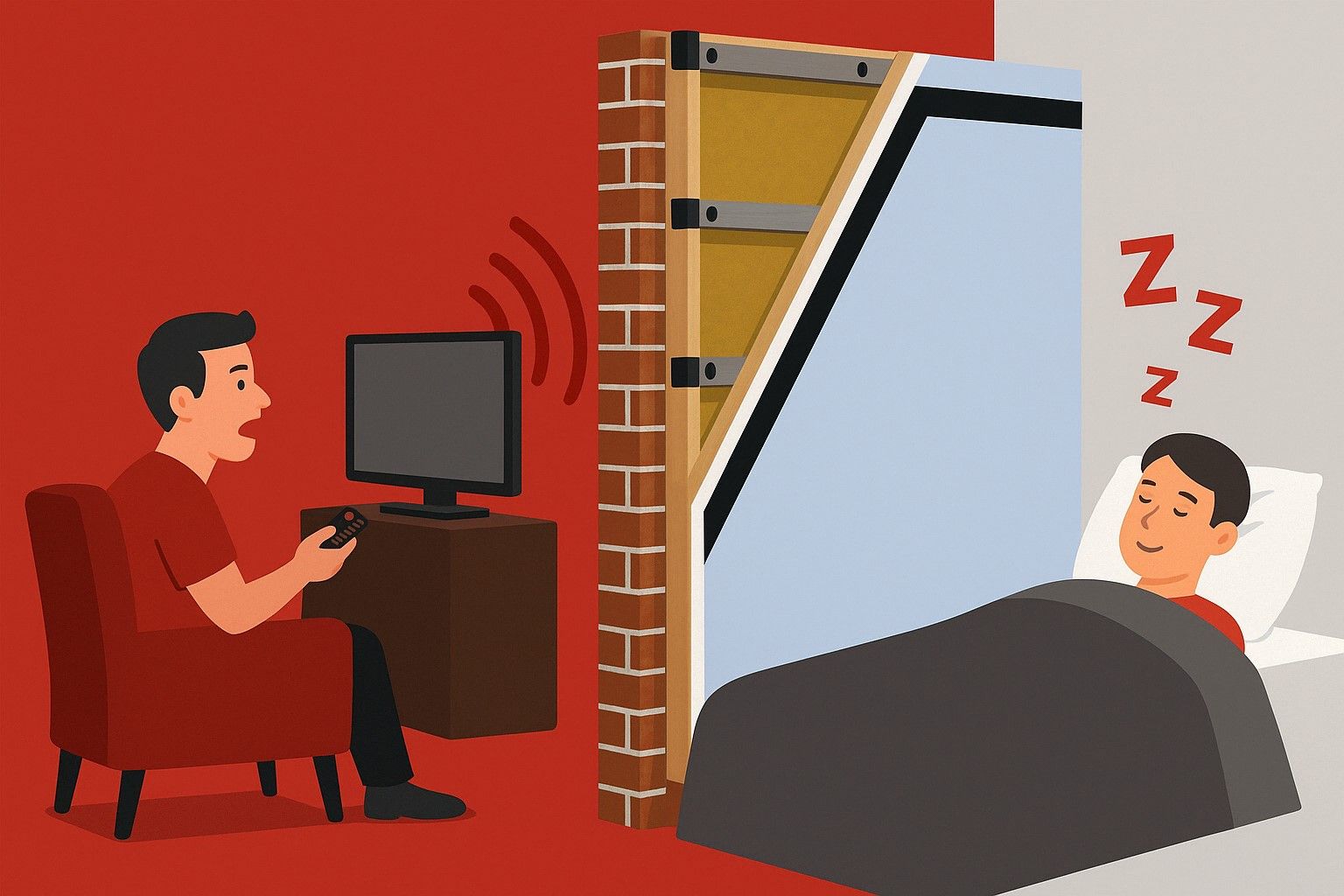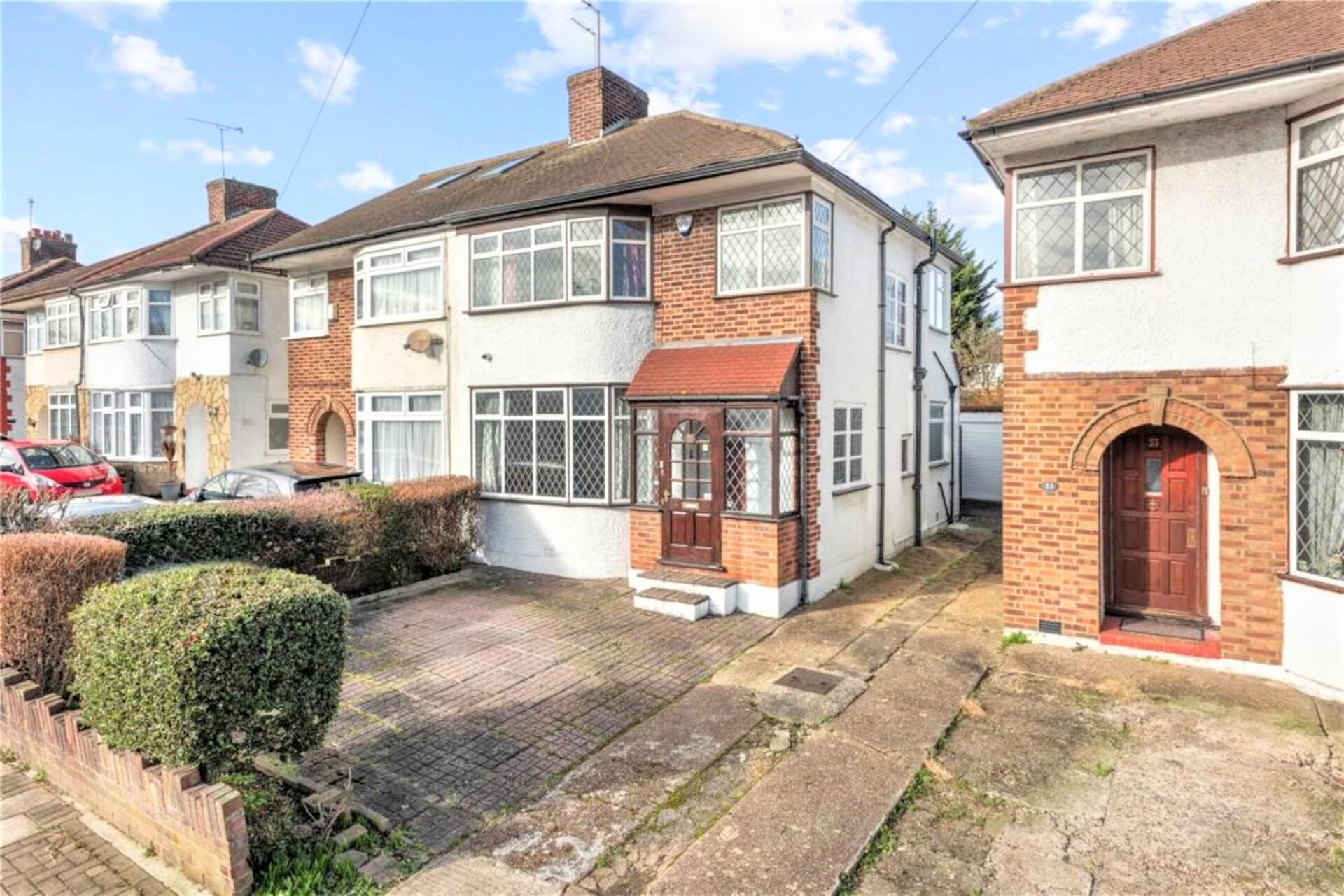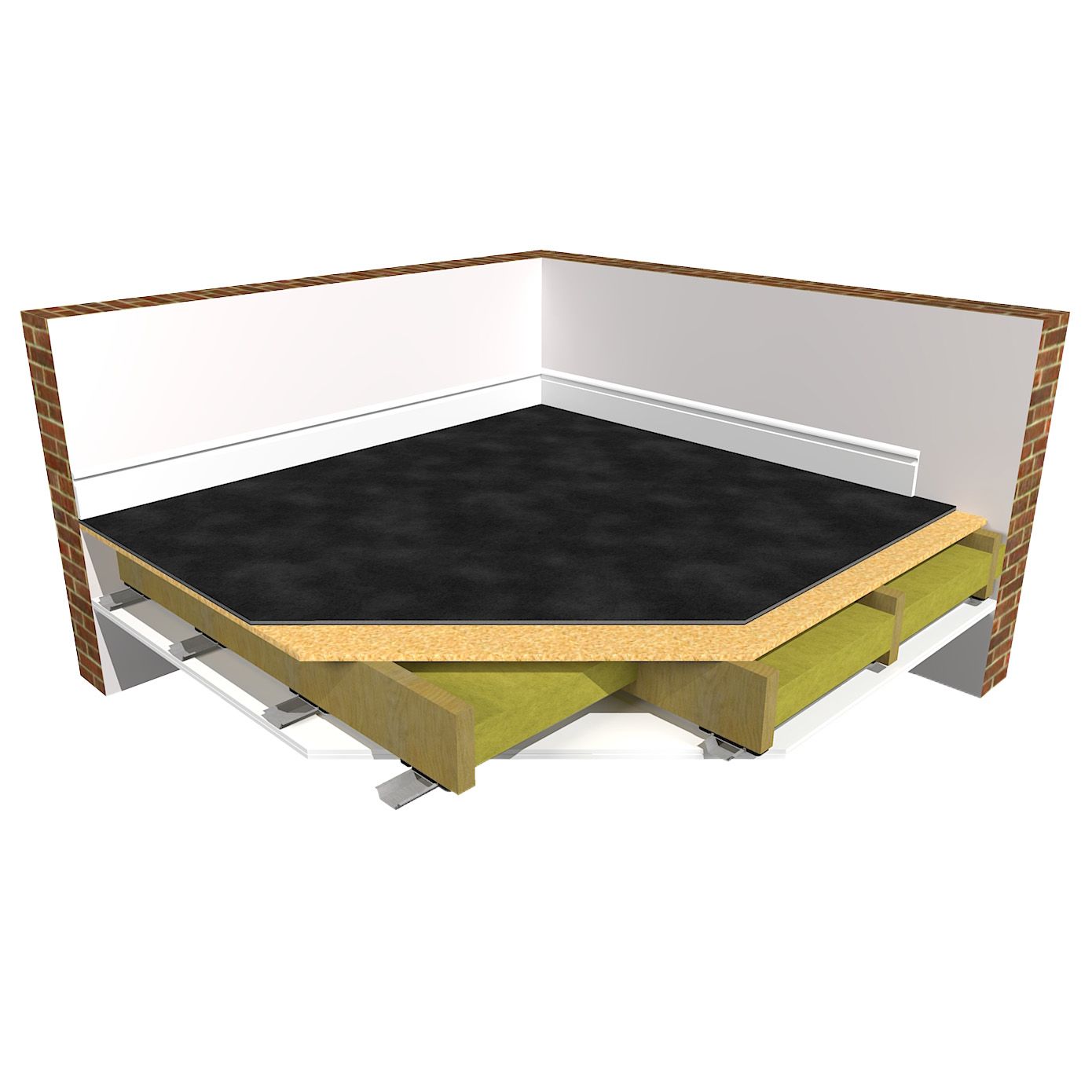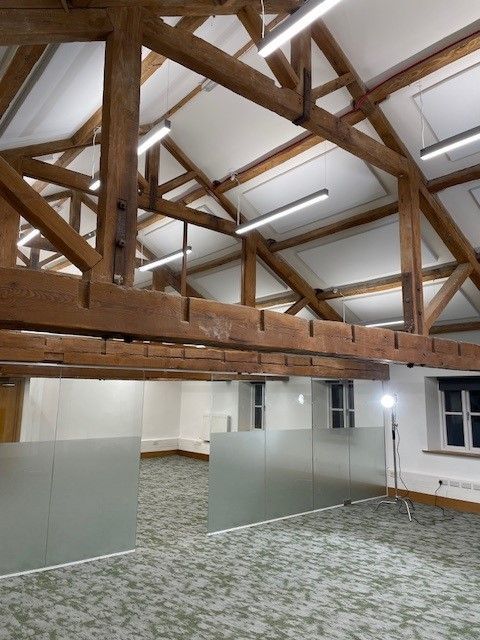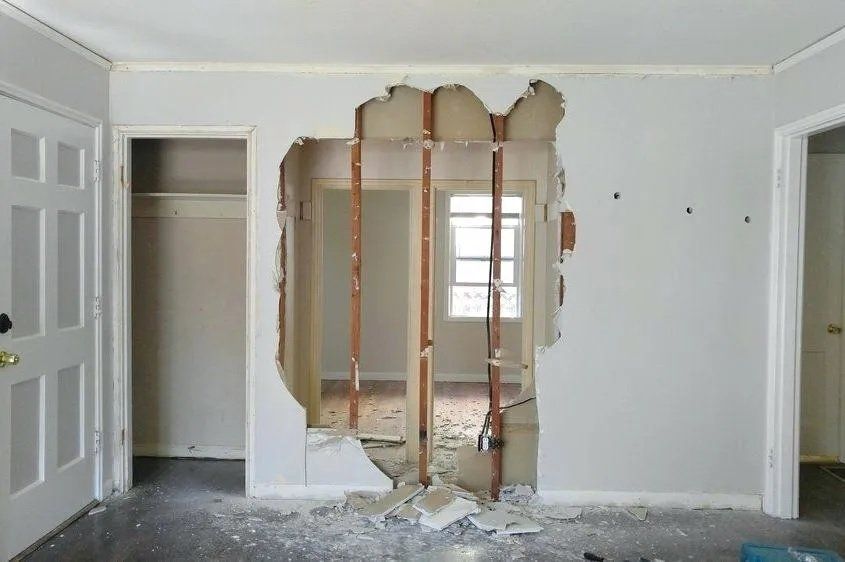How to Soundproof Unused Doors
What can I do to Soundproof my Unused Door?
The Soundproofing Store often get asked what the recommendation would be for blocking up a doorway, or what to do with unused doors. We also get asked about how we get a door to perform the same as the walls around it. A typical scenario where this might come up is where someone is running a Bed and Breakfast and the guest area is attached to the main house. This can cause obvious soundproofing issues, with people on one side can causing noise issues for the people on the other side of the wall.
We know that doors are a huge problem when it comes to soundproofing, as they are essentially just large holes in your walls! This coupled with the fact that standard doors tend to be thin and hollow or constructed out of very low dense materials, means they are a nightmare when it comes to sound transfer between rooms. Please take a look at our How To Soundproof A Door Blog for more information on soundproofing the door itself.
The Principles of Soundproofing a Door
1. Airborne Sound Is Blocked By Mass - Therefore the heavier and more dense a material is, the more sound it blocks. If your door is light weight and hollow, sound will travel through it very easily. A heavy, dense fire door for example will block much more sound.
2. Sound Can Travel Through Air Gaps - If air can get through a gap, sound can travel through it. Soundproofing needs to be properly sealed to work, and so does your door. If there is a gap between the door and frame, or between the door and floor, sound will just leak out. By installing an acoustic or draught excluding seal to the door or frame, we can minimise this leak.
If you want to keep your Doorway
Our recommendation if you wish to keep a doorway is to replace the existing door with 2 solid fireproof doors and use a double stud system for the wall. Then seal round the gaps and floors, and use good draft exclusion materials. This will give you a similar result to the walls either side of the doorway. Please see our Soundproofing Doors blog for some more information specifically regarding doors.
If you do not want to keep your Doorway
If you do not want access to your door anymore, there are a few options for you:
Option 1
If you are able to create a wall the whole way across, we recommend using a double stud system, with two 50mm stud frames, with a 10mm minimum gap between frames, floating on isolation strip. Fill both frames with 60kg acoustic mineral wool.
To finish it off we would recommend two layers of 15mm acoustic grade plasterboard fixed to studs. 15mm Acoustic Grade Plasterboard adds far more mass and weight per m2 when compared to a standard 12mm Plasterboard, and it is this extra mass which helps to block airborne noise.
Option 2
For even better results, you could use the 120mm ReductoClip Independent Stud Frame system installed on both sides to give maximum isolation between rooms. (Two 100mm stud frames with a minimum 10mm gap between).
Option 3
The third option is to remove the door, and fill up the empty void with the material that the wall is constructed from. For example if your wall is built with breeze blocks, you can fill the void with breeze blocks to create a uniform wall all the way across.
In conclusion, effectively soundproofing doors is crucial, especially in settings such as Bed and Breakfast establishments where noise transfer between guest areas can lead to disturbances.
Standard doors often pose significant challenges due to their thin, hollow construction and low-density materials. Addressing these issues as outlined above can help ensure that doors perform more effectively at blocking sound.
Share
"We don’t expect you to become an overnight expert in soundproofing, that’s what we’re here for."
